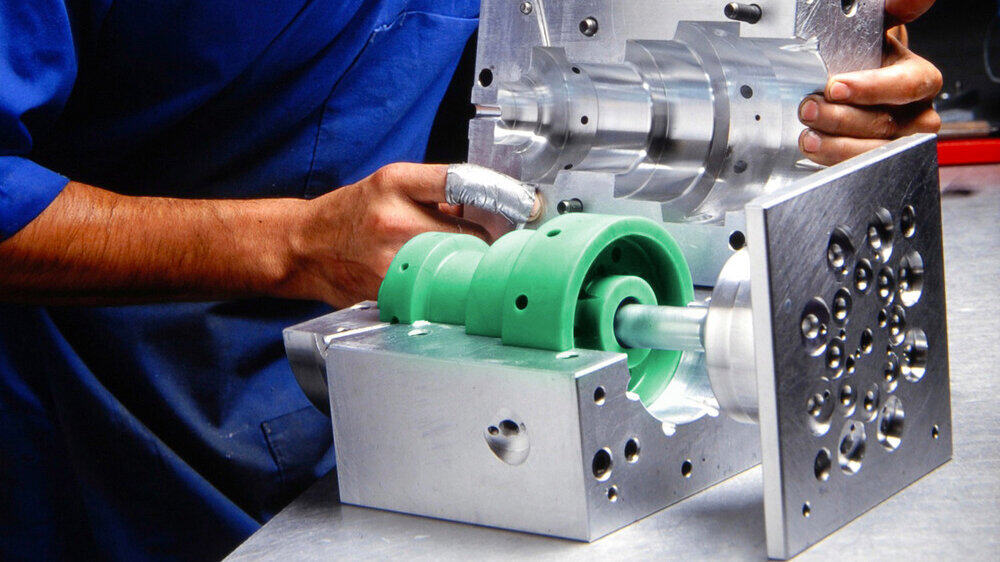ඊමේල් ආකෘතියේ දෝෂයකි
emailCannotEmpty
emailDoesExist
pwdLetterLimtTip
inconsistentPwd
pwdLetterLimtTip
inconsistentPwd

පුවත්
Cast Iron vs Cast Steel
Casting offers exceptional capacity for design detail, often eliminating the need for additional fabrication and assembly. Many materials can be cast, including several types of metals and synthetics, but iron and steel in particular feature excellent mechanical properties for a wide range of applications.
While cast iron and steel may appear similar on the surface, they each have distinct advantages and disadvantages from production to application. Understanding these advantages and disadvantages and choosing appropriately can mean the difference between unforgiving strength and durability and fractured or deformed parts that will quickly lose their luster.

Carbon content is the main difference
Iron and steel are both ferrous metals comprised primarily of iron atoms. In manufacturing, however, it’s not that simple—there are many different alloys and grades used in production. To understand them, it's important to distinguish between the iron used in everyday products, and the scientific element iron (Fe). The elemental iron is the stuff that's found in nature, typically in an oxidized form that requires intensive processing called smelting to extract.
Pure elemental iron is too soft to be useful in most applications. It gets harder, and therefore more useful, when it’s alloyed, or mixed, with carbon. In fact, carbon composition is the main distinction between cast iron and steel. Cast iron typically contains more than 2 percent carbon, while cast steel often contains between 0.1–0.5 percent carbon.
Castability
Most people haven't encountered iron or steel in their molten state—which is understandable, since iron melts at about 2300˚F and steel melts at 2600˚F, and both are poured into molds at even hotter temperatures. People who do work with liquid iron and steel quickly discover that they differ dramatically in pourability and shrinkage rates.
Cast iron is relatively easy to cast, as it pours easily and doesn't shrink as much as steel. This means it will readily fill the complex voids in a mold and requires less molten material to do so. This flowability makes cast iron an ideal metal for architectural or ornate ironwork structures such as fencing and benches.
Pouring steel is much more difficult. It is less fluid than molten iron, and more reactive to mold materials. It also shrinks more when it cools, meaning more molten material needs to be poured—typically into an excess reservoir, called a riser, which a casting draws from as it cools.
Castings, however, typically don’t cool uniformly throughout their internal structures. Outer areas and thinner portions will cool and shrink at different rates than inner areas and bulkier portions—often creating internal tension, or stress, that can only be alleviated through heat treatment. Steel is much more susceptible than iron to shrink stresses, and in some situations, these tensions can lead to significant internal and/or external voids, and possible eventual fractures.
For these reasons, cast steel requires more attention and inspection throughout the casting process, making production more resource intensive.
Vibration damping
Damping properties should be considered when selecting a casting material, as a lack of damping ability can lead to excess vibration and noise, such as ringing or squealing. Depending on where a material is used, effective damping can result in sturdier, more reliable performance.
The graphite structures in cast iron, especially the flaked formations in gray cast iron, are especially good for absorbing vibration. This makes cast iron ideal for engine blocks, cylinder housings, and machine beds, and other applications where sturdiness and precision are important. Reducing vibration can minimize stress and prevent wear on moving parts.
Conclusion
For more information about legend cast iron,nouvelle cast iron,wirecutter cast iron, we are glad to answer for you.

